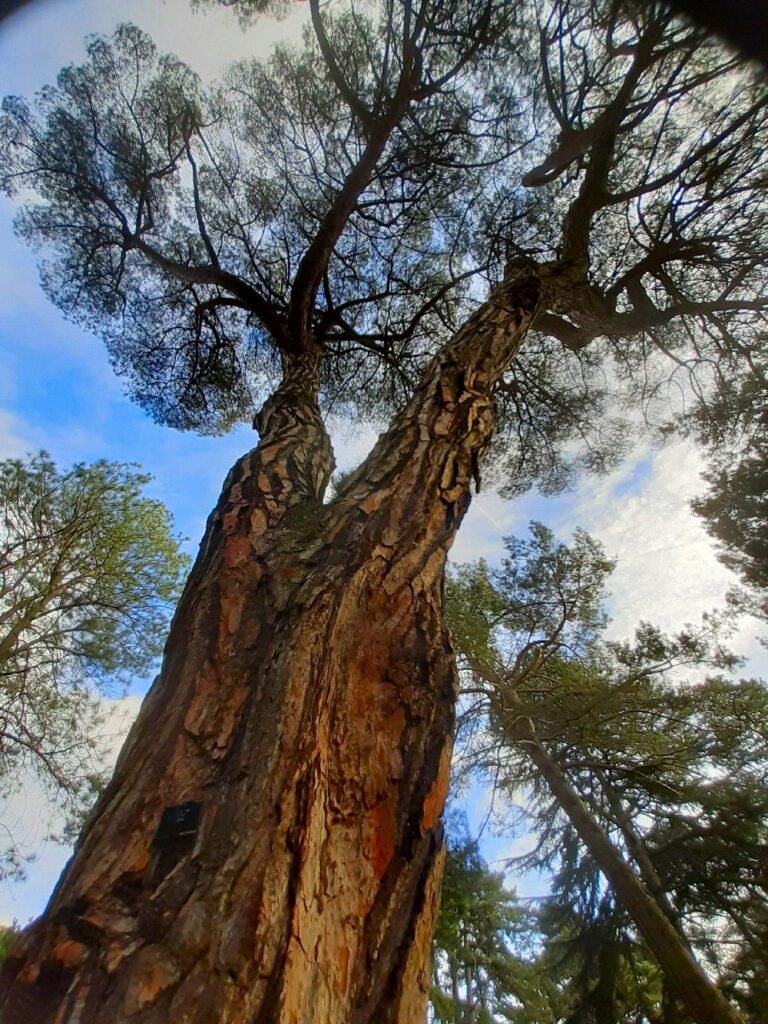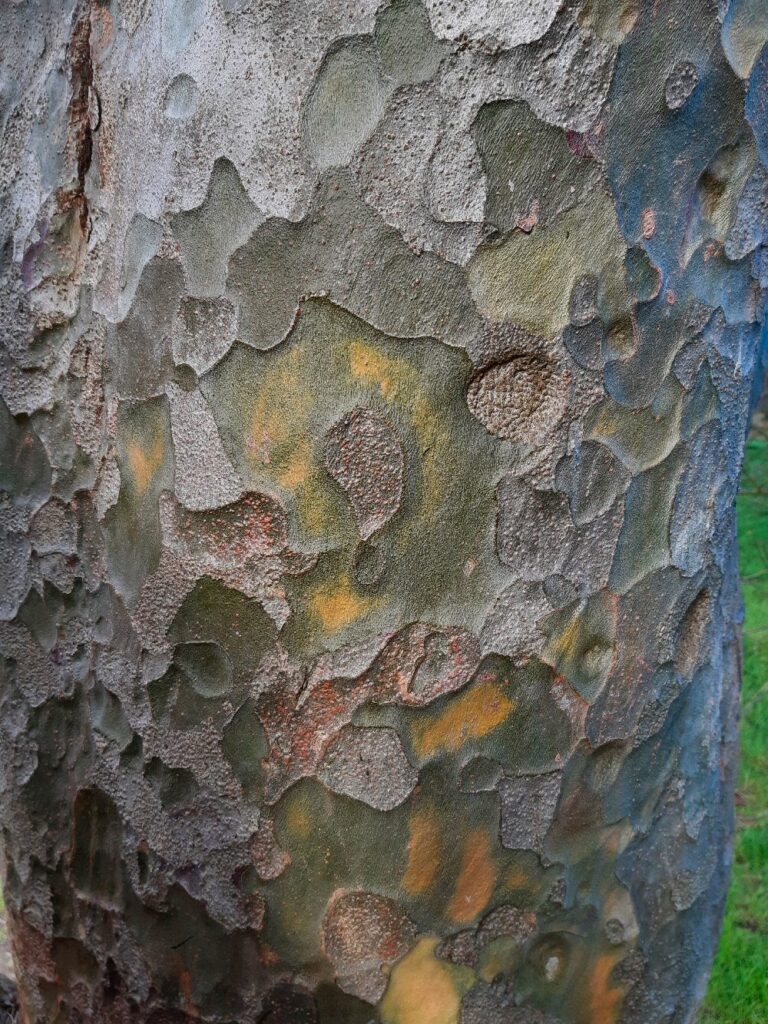
Balm to the urban soul … Cherhill Down and monument, taken from the edge of the Iron Age Hill Fort (the White Horse just out of shot, to the right). A view that must stretch for 50 miles. Silence. Space. Sky.

Balm to the urban soul … Cherhill Down and monument, taken from the edge of the Iron Age Hill Fort (the White Horse just out of shot, to the right). A view that must stretch for 50 miles. Silence. Space. Sky.

The goose is swimming in the road; the camera position is the pavement which stretches away on the right, though the road junction in the middle distance is flooded. The opposite side of the road is marked by the fence which runs from image centre to upper right. This happens at high spring tides, at least when the Thames Barrier is not operated to prevent damaging flooding.




… and at midsummer …


Yes, I live within easy reach of Kew Gardens, and after weeks of grey winter and grim news, it was a lovely moment in the sunshine among the fabulous variety of Pine trees – dozens of species – in the arboretum.






My daily lockdown walk was today in Richmond Park. I was delighted to see a harem group bathing in one of the ponds – the male is lying down centre left, with the females around him. I suppose this must happen most days, but I never saw it before. The scene has a peaceful domesticity about it, as well as being quite wild and free.